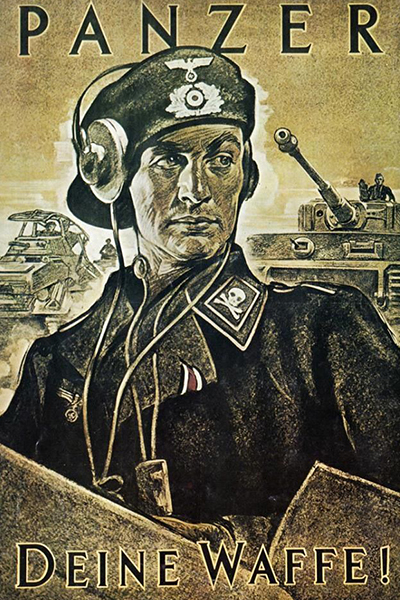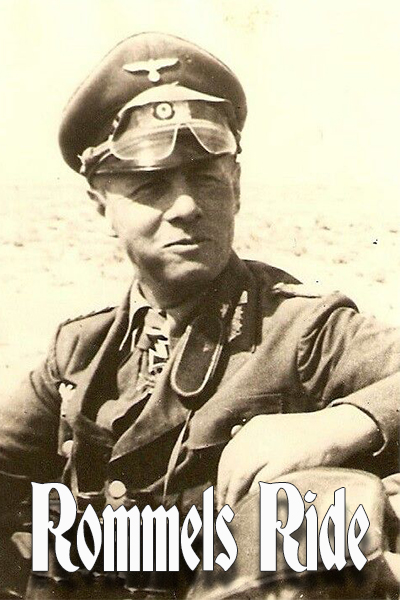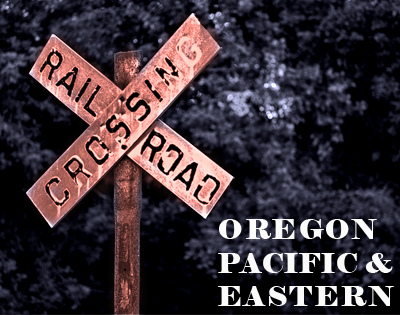 In support of their Blitzkrieg tactics, Germany took full advantage of their newly built boulevards and autobahn road networks to quickly and easily move mechanized material from the factory floor to the front. Mobility was key in the Blitzkrieg, and one integral cog in Reich’s mechanized war machine was the Faun heavy transporter. The Faun L900, manufactured from 1937 to 1939, was one of the heaviest German trucks in service during WW2, weighing in at an impressive 8,800 kilograms, measuring 10,4 meters in length and with a cargo capacity of 10,000 Kg, the Faun L900 and SdAh 115 trailer were perfectly suited to carry the lighter weight tanks of the time (Pz.1, Pz.II, Pz.,38). In later years, the necessity of war required that divisions replace their light tanks with heavier armor, and with that, the Faun’s armor transport services came to a conclusion. The vehicles, however, remained in active service throughout the war on all front working to troops and other lighter vehicles.
In support of their Blitzkrieg tactics, Germany took full advantage of their newly built boulevards and autobahn road networks to quickly and easily move mechanized material from the factory floor to the front. Mobility was key in the Blitzkrieg, and one integral cog in Reich’s mechanized war machine was the Faun heavy transporter. The Faun L900, manufactured from 1937 to 1939, was one of the heaviest German trucks in service during WW2, weighing in at an impressive 8,800 kilograms, measuring 10,4 meters in length and with a cargo capacity of 10,000 Kg, the Faun L900 and SdAh 115 trailer were perfectly suited to carry the lighter weight tanks of the time (Pz.1, Pz.II, Pz.,38). In later years, the necessity of war required that divisions replace their light tanks with heavier armor, and with that, the Faun’s armor transport services came to a conclusion. The vehicles, however, remained in active service throughout the war on all front working to troops and other lighter vehicles.
Kharkov StuG
 If “sexy” is an appropriate word to use to describe a lethal military vehicle, then the StuG certainly deserves a walk on the modeler catwalk. It’s attractive, low profile, and aggressive wide stance certainly demands a second glance. Add a pair of Ostketten tracks to the outfit and, at least in my eyes, the StuG is a thing of beauty.
If “sexy” is an appropriate word to use to describe a lethal military vehicle, then the StuG certainly deserves a walk on the modeler catwalk. It’s attractive, low profile, and aggressive wide stance certainly demands a second glance. Add a pair of Ostketten tracks to the outfit and, at least in my eyes, the StuG is a thing of beauty.
When this opportunity came to contribute a StuG for this publication, I had a wide choice of variants and time periods. My decision of which variant to build was almost immediate, I wanted to portray a vehicle from the desperate and pitched Kharkov battles during the winter of 1942-1943. This time frame led to a number of choices, in the end, I decided upon the StuG III f/8 variant as produced by Dragon.
The Ausf. F production of the StuG III began March, 1942 and was a direct reaction to the war experiences for the need to find a foe to combat Russian tanks, specifically the T-34. Equipped with the high velocity of 7.5 cm StuK 40 L/43 long barrel gun, the upgraded platform proved to be an instant influence on the battlefield. The Ausf. F/8 version of the StuG appeared in September of 1942. The name is derived from the chassis version of the Panzer III upon it was based, the 8th, or Ausf J/L. The F/8 entered production armed with the new 7.5cm StuK 40 L/48, which had a greater impact against the most common tank of the time, the T34. The new hull featured a redesigned rear-plate, with larger louvers to improve engine cooling. which jutted slightly forward of the front of the hull, and were drilled with holes for towing. Initially designed to be a welded plate of front armor, during the production run of the F/8 the extra armor went from being welded in place to being bolted on, in order to save production time.
Mobile Worker MW-01 Late Type [MASH]
 The Mobile Worker MW-01 Model 01 Final Type is a mobile weapon that appears in the Mobile Suite Gundam: The Origin OVA . It belonged to the Autonomous Republic of Zeon and would ultimately lead to the development of the mobile suit technology.
The Mobile Worker MW-01 Model 01 Final Type is a mobile weapon that appears in the Mobile Suite Gundam: The Origin OVA . It belonged to the Autonomous Republic of Zeon and would ultimately lead to the development of the mobile suit technology.
On the dark side of space colony Side 3, the last improved and developed Mobile Worker MW-01 Model 01 Final Type, a prototype experimental man-made mobile weapon led by Dozle Zabi was under development. Improvements have been made to each part based on the data from the Mobile Worker MW-01 Model 01 Late Type, and opinions from the test pilots. Improvements were made on the chest armor around the cockpit to protect the pilot from incoming attacks.
The space version is equipped with thrusters and verniers for attitude control in outer space on the shoulders, back, torso and legs, and was used by the Autonomous Republic of Zeon in the recovery of space debris in its neighboring zones. Its attitude control technology and operational data in space were used as a reference in the development of mobile suits.
Rommel’s Ride
 The German war reporter Fritz Lucke descried the AEC Dorchester as; “An armored box as big as a bus, on a giant balloon tires as big and fat as the undercarriage wheels of a Junkers transport plane. The walls are windowless and painted in blue-grey camouflage shades. Only the driver and his co-driver have windshields, protected behind armored visors”.
The German war reporter Fritz Lucke descried the AEC Dorchester as; “An armored box as big as a bus, on a giant balloon tires as big and fat as the undercarriage wheels of a Junkers transport plane. The walls are windowless and painted in blue-grey camouflage shades. Only the driver and his co-driver have windshields, protected behind armored visors”.
Based upon the Matador, The AEC “Dorchester”, the name coined by the British, was used by the British armored formation from 1941 onward through the 1950’s as a radio and command vehicle. During the desert campaign of WWII, at least three of these cars were captured by German forces and presented to Rommel’s HQ. Renamed “Mammoths” by the Germans, the first two vehicles most likely were captured from the British 2nd armored division. Upon seeing the captured vehicles Rommel is reported to have said; “Booty is permissible I assume, even for a general”. The Germans named one of the vehicles “Moritz” and the other “Max”, after children’s fairy tale figures. Max is the subject of this article.
Panzer III D.A.K.
 There is no more evocative phrase to emerge from World War II than “Afrika Korps.” The name conjures up a unique theater of war, a hauntingly beautiful empty quarter where armies could roam free, liberated from towns and hills, choke points and blocking positions, and especially those pesky civilians. It calls forth a war of near-absolute mobility, where tanks could operate like ships at sea, “sailing” where they wished, setting out on bold voyages hundreds of miles into the deep desert, then looping around the enemy flank and emerging like pirates of old to deal devastating blows to an unsuspecting foe. Finally, it implies a dauntless hero, in this case Field Marshal Erwin Rommel, a noble commander who fought the good fight, who hated Adolf Hitler and everything he stood for, and who couldn’t have been further from our stereotype of the Nazi fanatic. Everything about the Desert Fox attracts us—the manly poses, the out-of-central-casting good looks, even the goggles perched just so. Placing Rommel and his elite Afrika Korps at the fore allows us to view the desert war as a clean fight against a morally worthy opponent. It was war, yes, but almost uniquely in World War II, it was a “war without hate,” as Rommel famously called it in his memoirs. Continue reading “Panzer III D.A.K.”
There is no more evocative phrase to emerge from World War II than “Afrika Korps.” The name conjures up a unique theater of war, a hauntingly beautiful empty quarter where armies could roam free, liberated from towns and hills, choke points and blocking positions, and especially those pesky civilians. It calls forth a war of near-absolute mobility, where tanks could operate like ships at sea, “sailing” where they wished, setting out on bold voyages hundreds of miles into the deep desert, then looping around the enemy flank and emerging like pirates of old to deal devastating blows to an unsuspecting foe. Finally, it implies a dauntless hero, in this case Field Marshal Erwin Rommel, a noble commander who fought the good fight, who hated Adolf Hitler and everything he stood for, and who couldn’t have been further from our stereotype of the Nazi fanatic. Everything about the Desert Fox attracts us—the manly poses, the out-of-central-casting good looks, even the goggles perched just so. Placing Rommel and his elite Afrika Korps at the fore allows us to view the desert war as a clean fight against a morally worthy opponent. It was war, yes, but almost uniquely in World War II, it was a “war without hate,” as Rommel famously called it in his memoirs. Continue reading “Panzer III D.A.K.”
OP&E – The Blue Goose
 This particular subject is truly nothing more than a
This particular subject is truly nothing more than a
“weekend fun project” What makes this interesting (for me) is the personal touches that I was able to bring to the project. But first, let’s explain the project.
As some of you might know I have am fortunate to be able to work in the scale modeling industry. My beginnings as a magazine contributor brought me to the attention of Miguel Jimenez who (at the time) was the principal force behind MIG Productions. For 3 years (2009 – 2012) I worked with MIG Productions as the product distributor for the US and Canada. During those years, Mig left MIG Productions and moved onto new interest which later became a new company, AK Interactive. In the summer of 2012 I agreed to join the staff of AK Interactive. It wasn’t too long after joining AK that a box of sample products show up at my door – time to get acquainted with the new products.
